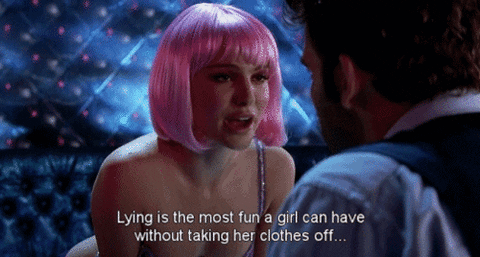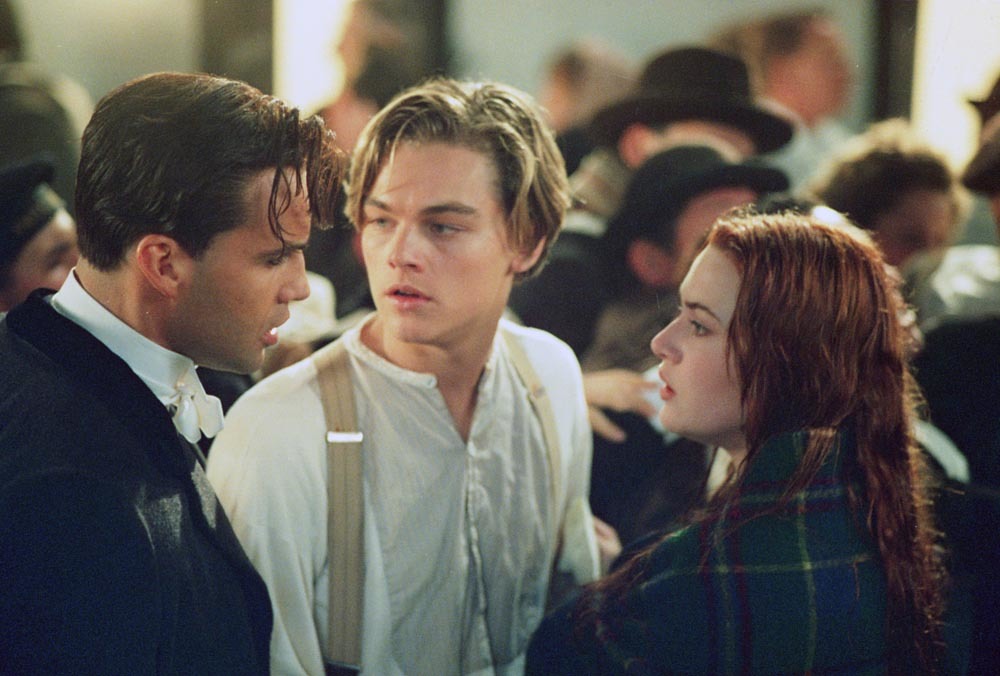Watching Titanic for the first time is like losing your virginity: once it’s over with, you’ll never, ever forget about it. It’s a film seared into our collective cultural memories, and still totally inescapable and unforgettable 20 years after its release. We shouldn’t be so surprised that in those 20 years, the film has taken on new meanings and resonances, both ironic and unabashedly earnest. After all, we’re a demographic with a love of cultural subversion; the ones that took something as mundane as an Ikea bag and turned it into a satirical object of high fashion. We’ve spent our entire lives obsessed with the artifice of reality television and social media-bred celebrity, the older generation’s so-called “guilty pleasures” becoming proud and pivotal elements of our creative influences. It makes sense then that Titanic, a sugary popcorn film brimming with Sontag-style campiness, awe-inspiring Hollywood excess and an archetypal love story for the ages, resonates with us so deeply. If ‘Anti-Arthouse’ was to have a dictionary definition, Titanic would smugly sit alongside it. And if the amount of “Draw me like one of your French girls” memes still bounding around the internet are anything to go by, we still find something.
Explaining the iconic film’s plot seems unnecessary. The story is burned into the brain of whoever has — or even hasn’t (god forbid) — seen it. But for the sake of consistency, here’s a quick reminder. The year is 1912, and by a baby-faced nomad named Jack (played by young Leonardo DiCaprio) has found himself with a third-class ticket aboard Titanic: the unsinkable, so-called ‘Ship of Dreams’. One night as the ship steers through the Atlantic towards New York, he meets Rose (played by Kate Winslet), an intelligent, whip-smart woman who’s sailing towards a new life of unhappiness with her vindictive, wealthy fiancé. Horrified by the thought of her sealed fate, she dangles precariously over the ship’s hull, facing certain death if she falls. All it takes is a few saccharine-sweet lines of advice from Jack to convince Rose to clamber back over the railings, and from that moment, the duo’s lustful, unlikely destiny is sealed. Over the course of three hours and fifteen minutes, we watch the pair fight tooth and nail to stay together, and as the eponymous ship hits an iceberg, their love, both physically and figuratively, is thrown into turmoil.
On paper, Titanic was a Hollywood director’s dream, but a seven month shoot and a budget in excess of $200 million (the most expensive film ever made at the time) was not enough to leave everybody smiling. The arduous production left a slew of Hollywood stars enraged, with Winslet allegedly stating that she’d never work with James Cameron again. Not only that, but the two studios that funded it were setting up for a huge financial loss; they believed its three-hour-plus runtime would put off the quick-fix multiplex audiences from buying a ticket.

But then something shifted, and Titanic became a massive success. Friends told friends of the sheer spectacle they had witnessed, and theatres sold out in quick succession. It topped the box office for nearly three months, and became the highest grossing film ever made, reeling in over $1.8 billion. The Academy, who usually shun such films, were drawn to it like some sort of off-kilter catnip. With 14 nominations and 11 wins, it became the most accoladed film since 1959’s Ben-Hur. Unexpectedly, a film that was once destined for failure had become the greatest film ever made.
For anyone born in the 90s, it’s likely that they saw Titanic on an over-watched VHS tape, brought out of the cupboard on bank holidays and Christmas, rather than in the cinema. To us, Jack and Rose are mononymous icons of love against the odds. As kids on the cusp of teenagehood, our idea of what it meant to fall in love was shaped by the pits and falls of their short relationship aboard the Titanic. James Cameron created those blushing, heart-filling moments of new love so joyously that we yearned to feel them ourselves. It’s easy to criticise the film’s amorous story arc for being tacky and predictable, but its structure (along with the film’s meticulously crafted technical production) is flawless. Sure, it is by-the-numbers filmmaking, but as the late, lauded film critic Roger Ebert put it so greatly: “You don’t choose the most expensive film ever made as your opportunity to reinvent the wheel.”
We could consider Titanic to be a swan song for the 35mm and VHS era of movie-making, one that defined cinema going as a more tangible, shared and memorable experience. But for all of its nostalgic qualities, it’s looked back upon by some as a glorified example of style over substance, and is regularly named the worst winner of the Best Picture accolade in Oscar history. So why do so many people have so much beef for a film that was once the most lauded film of all time? It’s a regular criticism of Cameron’s films (Avatar has come to suffer a similar fate), but Titanic‘s legacy is so great that it requires deeper scrutiny. Is it the performances – so strong that they garnered award nods and led millions to resonate with a century-old story? Perhaps it was Cameron’s obsessive recreation of the famed ship itself that led people to deal out hate? The arguments are so weak that there lies just one answer: Titanic gets a bad rep not because it’s a bad film, but simply because it is adored by so many.

So when something becomes popular, is it no longer considered art? If we look closer at that argument, we witness Titanic‘s contemporary cultural revival in the hands of its biggest and most influential fans. The film has barely left our consciousness, but nowadays we’re reminded of its passionate protagonists and technical splendour by auteurs of fashion and cinema alike. Demna Gvasalia printing a haunting monochrome portrait of Jack and Rose on a Vetements hoodie for spring/summer 16 the most obvious example. By positioning Titanic‘s iconic leads in a fashion context, alongside the likes of DHL and Justin Bieber, Gvasalia signalled the film’s transition towards becoming a unambiguous hallmark of popular culture; an indication that the film’s influence had transcended the boundaries of its own medium. Just this weekend for example, Celine Dion offered up another example of the film’s ability to still captivate at the Billboard Music Awards, when her performance of the once terribly ubiquitous My Heart Will Go On became strangely seductive. Drake even claimed to be on the verge of getting a Celine Dion tattoo.
Or take Xavier Dolan, the celebrated Québécois filmmaker behind Mommy and Laurence Anyways, who wears his Titanic love on his sleeve. In an interview on Canadian television, he stated that American filmmakers, like Cameron, are spectacular storytellers. On the other hand, Europe’s film ‘auteurs’ seem hellbent on “making cinema.” He makes a fair point: does a film director’s yearning to make a work of art take precedence over the need to tell an interesting story? Dolan’s minute — if emotionally explosive — films are dwarfed by the behemoth of Titanic, but both have tread the boundary between arthouse and accessibility, finding that magical, if divisive, middle ground.
Grandiose, over the top and famed for its treacly love story, Titanic is an old fashioned cynic’s worst nightmare. Perhaps that’s why the film connects so strongly with a generation that has a feverish desire to dream bigger; helping us look past the idea of everyday responsibilities and think about what could happen if we, like Jack and Rose, choose to follow our hearts rather than our heads.

Credits
Text Douglas Greenwood
